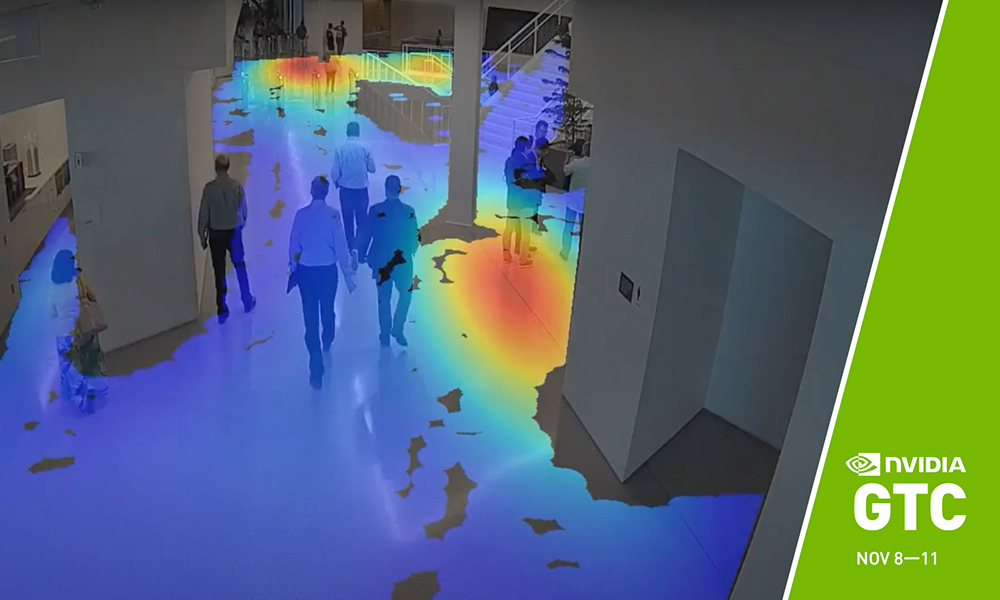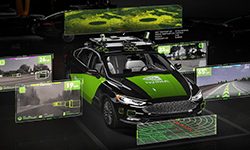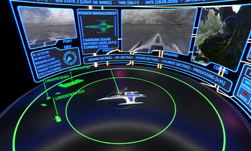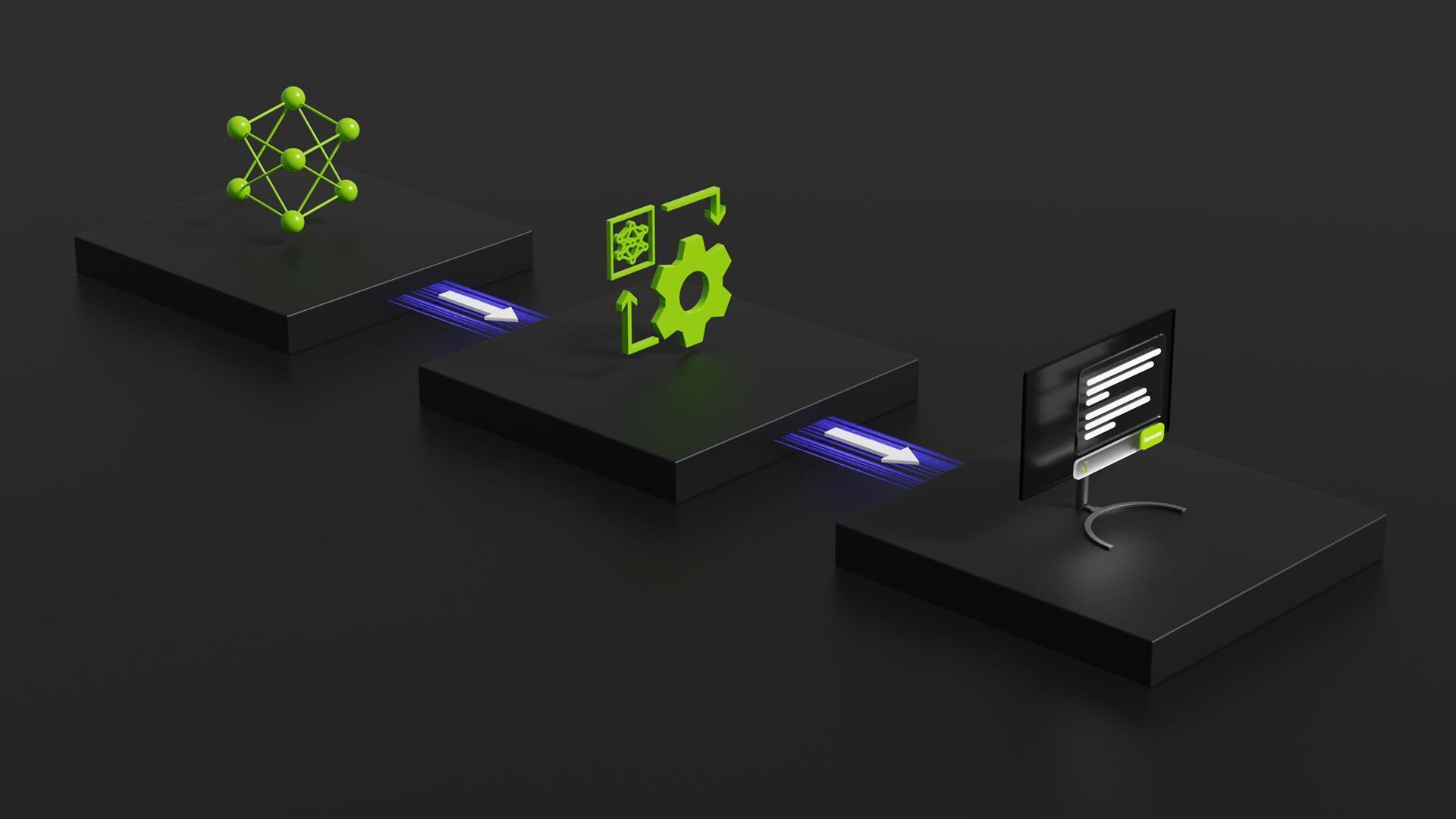Maritime startup Orca AI is pioneering safety at sea with its AI-powered navigation system, which provides real-time video processing to help crews make data-driven decisions in congested waters and low-visibility conditions.
Every year, thousands of massive 100-million-pound vessels, ferrying $14T worth of goods, cross the world’s oceans and waterways, fighting to keep to tight deadlines. And every day, accidents happen or are narrowly avoided. In 2023 alone, more than 4,000 recorded safety events, including collisions and near-collisions occurred.
Called the SeaPod, the navigation module is packed with five HD cameras for daytime viewing alongside three thermal cameras for nighttime vision. Even in the foggiest conditions, the SeaPod can analyze and annotate live video, giving navigators important insights about objects up to 8 nautical miles away. The annotated data, including information about other vessels’ relative size and speed, is then displayed on a computer screen in the ship’s pilothouse.
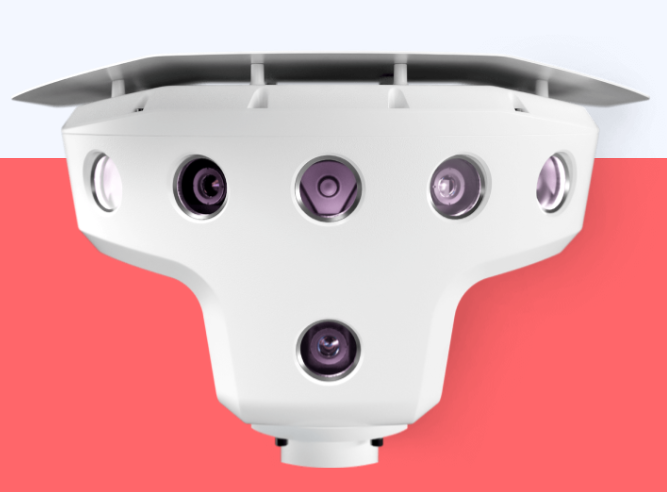
Orca AI is part of the NVIDIA Inception program for cutting-edge startups. Its cloud-connected, AI-powered navigation system runs on prem (or, in this case, on vessel) using an NVIDIA GeForce RTX 4070 for inferencing and NVIDIA cuOpt for optimizing the most efficient path to a ship’s destinations. The company’s algorithms for its AI-enhanced navigation systems use the NVIDIA GStreamer multimedia framework for video processing.
The company was founded in 2018 by Dor Raviv and Yarden Gross. The two co-founders took their knowledge and experience from serving in the Israeli Navy and applied it to the needs of both commercial shippers and naval planners.
“Commercial vessels and navies increasingly share many of the same risks and challenges, and both are looking for similar efficiencies,” Raviv said. “AI already is revolutionizing autonomous vehicles like cars and planes and trying to make them safer. We’re doing that—at scale–for container vessels and navies.”
Raviv notes that as more ships go into operation to meet rising consumer demand, waterways are becoming more congested and safety incidents are increasing.
Plus, more vessels require additional fuel, and fleet owners face rising fuel costs. Last year, shipping companies spent around $2B to power their vessels.
Greater fuel consumption also means larger CO2 emissions. The shipping industry released 1.2B metric tons of CO2 into the atmosphere last year alone.
In starting their company, Raviv and Gross, viewed these externalities as interrelated and closely tied to vessel safety.
They also believed AI could help provide a solution.
When massive container ships are forced to quickly and unexpectedly change course to avoid collisions, they burn a tremendous amount of extra fuel. This, in turn, drives up costs, releases CO2 into the air, and delays a vessel’s time to port.
By making navigation safer—and minimizing unanticipated evasive maneuvers—Raviv and Gross realized they could lower a vessel’s operating cost while putting a dent in the industry’s CO2 emissions.
According to Raviv, Orca AI has already kept more than 170,000 tons of CO2 emissions from being released into the atmosphere.
They designed their navigation system to identify and classify objects autonomously, and then prioritize the risk each poses. The system constantly recharts the most direct course to a vessel’s destination based on changing circumstances and adjusts to avoid potential dangers.
The SeaPod is installed on more than 400 vessels, and more than 1,000 ships will soon use the device. Ships using the system report a 33% reduction in close encounters in open water and a 40% drop in crossing events—where vessels unexpectedly and dangerously cross one another’s path. Earlier this year, NorthStandard, one of the world’s largest maritime insurers, embraced the SeaPod’s efficacy and announced plans for subsidizing the cost of installing the system onto vessels due to its proven results.
Despite its small size, Orca AI’s ambitions are only growing.
It says it owns the world’s largest library of maritime video with recordings of ships sailing at sea and entering and exiting ports. The company uses this data to further train its foundation models, which improves how well its AI systems can safely guide vessels.
The data collected, including vessel movements, can also help fleet owners analyze how well their ships and crews are performing, and identify efficiencies and savings.
“For most fleet owners, they have very little visibility into their vessels once they leave port,” Raviv said. “These vessels are 1,000 feet long and carry half a million tons of cargo on board. We’re giving everyone real-time analytics and making shipping safer for everyone.”
Learn more about the NVIDIA Inception program and how to become an Inception member by visiting NVIDIA on the web.
Dive deeper into intelligent video analytics on the NVIDIA Developer Forums.




